Falcon is a a word often associated with speed and deadly accuracy. But when you see a Kestrel, it looks anything but vicious. It has large black eyes with a yellow ring around it, and it comes in a size that would make it a very comfortable companion if it sat on your shoulder. And, of course, there is its spectacular hovering in the air with feathers spread as it performs a hunt.
Common Kestrels (falco tinnuculus) are winter migrants that come down to our lands when the climate turns hostile in northern Europe and Siberia. They are seen during winter and early summer in our grasslands, and I was not surprised when I ran into many of them, hovering and diving into the grass for insects, when I visited Koonthakulam Bird Sanctuary in Tamil Nadu. Then, all of a sudden, I saw a kestrel which looked different. It appeared to be smaller (but size, of course, can be misguiding especially when you see a bird against the sky and have nothing to compare it with), and it lacked the barring that is seen all over a Common Kestrel.
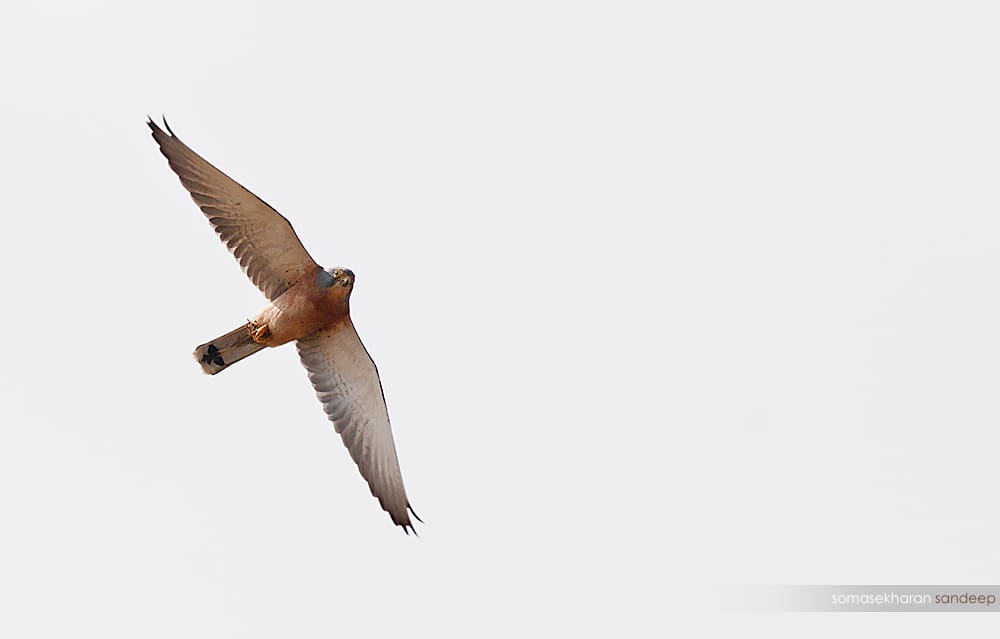
The modus operandi of the hunt, however, was significantly similar to that of the Common Kestrel. It flew from spot to spot, hovered above a point with frenetic wing-beats, and nosedived into the grass, rising a few moments later with an insect kill. As I strained hard to make out what it was, it flew against the sun , nearly frying my eyes that were tracking it through the viewfinder, and all I could manage was a couple of shots. However, I got a chance to observe it for a short time before it floated further and further away, looking for food. Now I had in my hand a bird that looked smaller than the kestrel, with much less barring. Lesser Kestrel (Falco naumanni) was the obvious choice, but it required consultation with my bird book before I could affirm the ID.
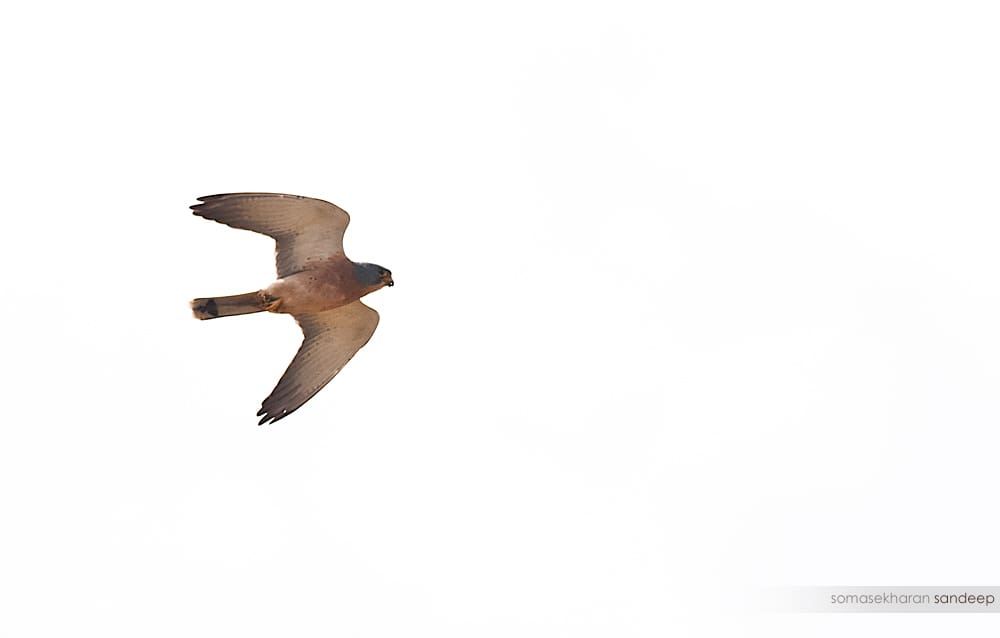
In comparison with the male Common Kestrel shown below, the barring on the underwings was sparse. The bird also sported a distinct dark tip to the primaries (for noon-birders, these are the finger-shaped feathers at the tip of the wings). Also, the chest and the belly were a plain rufous orange, compared to the white of the Common Kestrel. Also conspicuously absent was that lovely moustachial stripe that runs from the eye along the cheeks. I jumped with glee – I had come across a Lesser Kestrel for sure. What made the sighting significant is that Lesser Kestrels are not known to migrate to India. They are seasonal migrants, passing through India as they winter in Africa. By some incredible coincidence, I was at the right place, at the right time.
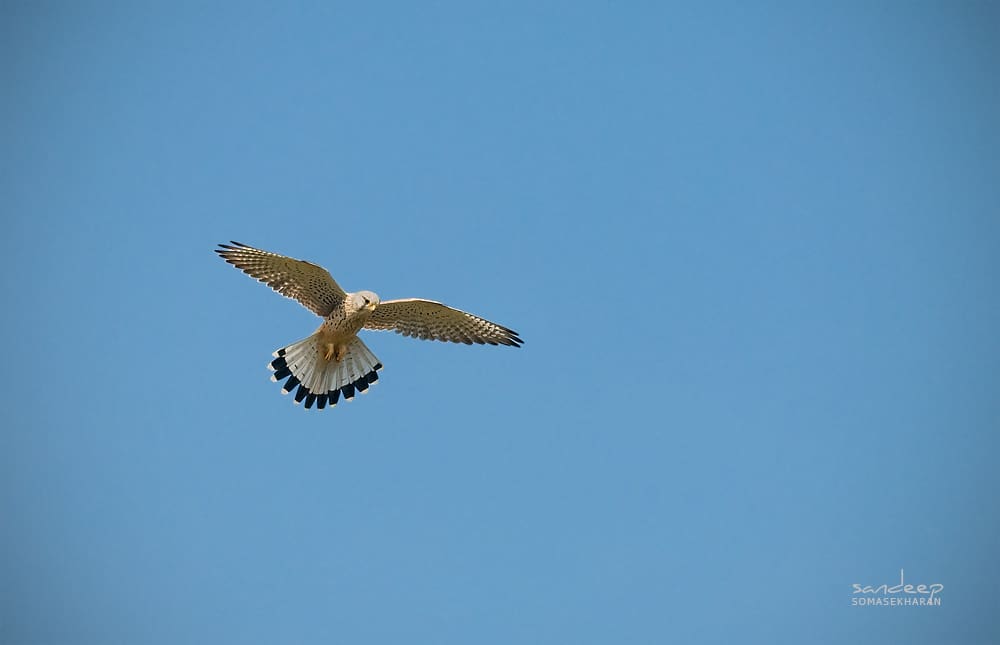
Shortly afterwards, I spotted another bird making a dive. I later confirmed it to be a first-year male Lesser Kestrel. However, its dive was unsuccessful and it returned with talons bereft of prey.
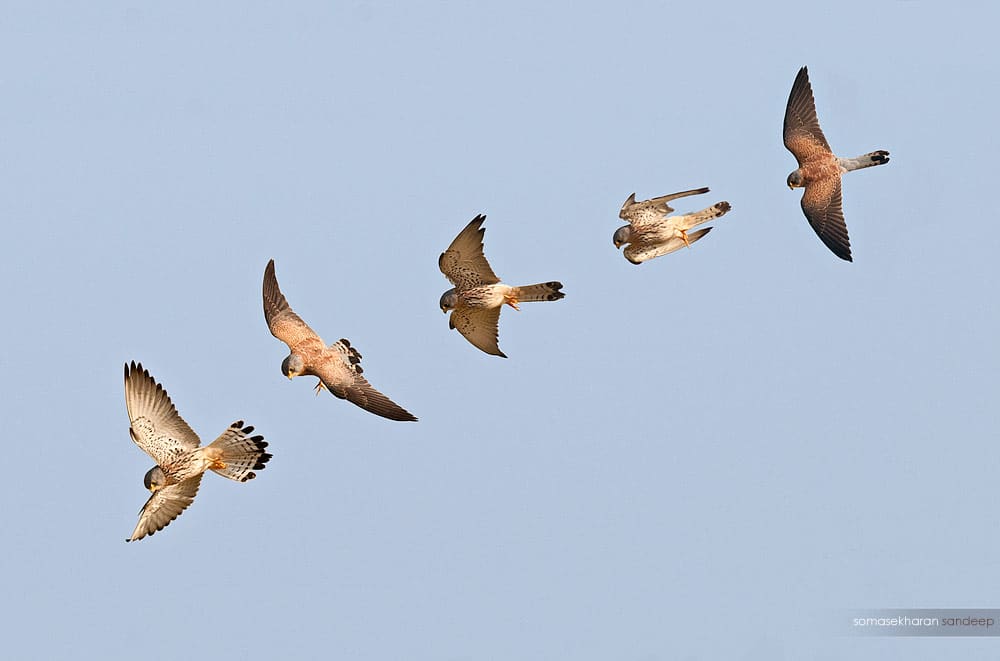
This one looked more like a male Common Kestrel, with more barring. However, here too the moustachial stripe was absent, the mantle and scapulars (back and shoulders) were sparsely barred. Finally, I caught a glimpse of the claws that looked pale. That was a definite giveaway as the Common Kestrel has black claws that contrast well with the yellow feet.
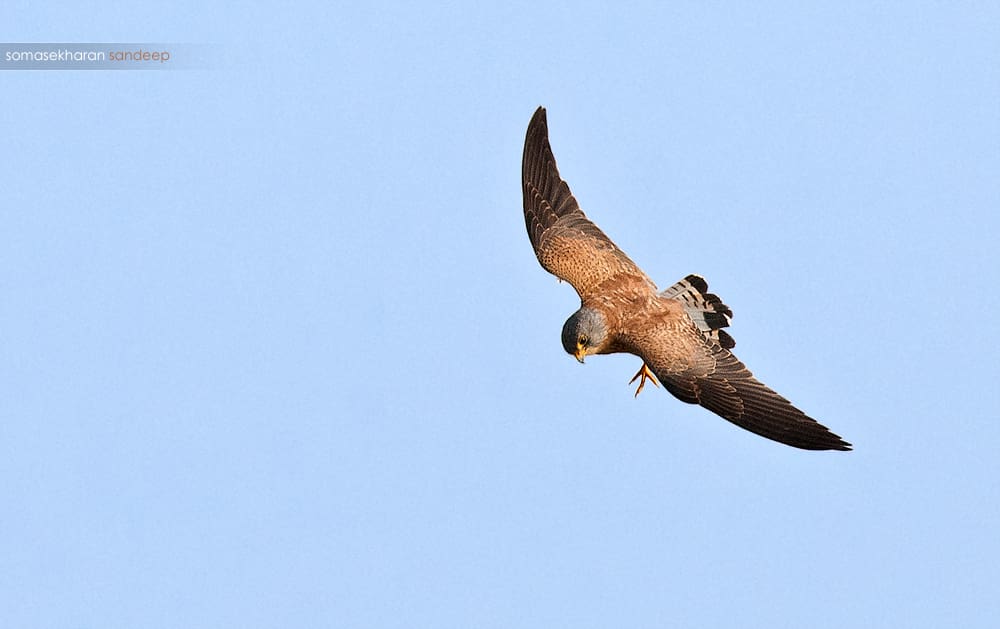
I scanned the surroundings to spot a female, but wasn’t lucky with that. As the light faded, we soon left the area, wishing our little friends good hunting to stock up enough energy to cross the Indian ocean on their way to Africa.
ALSO SEE: Raptor Friday – Common Kestrel
- Costa Rica Diaries – Parting Gifts - May 5, 2024
- Costa Rica Day 6 – Resplendent Quetzal: Part Bird, Part God and Full-Time Economy Driver - April 17, 2024
- Costa Rica Day 5 – Toucan Trees and Wild Dreams Coming True - March 22, 2024

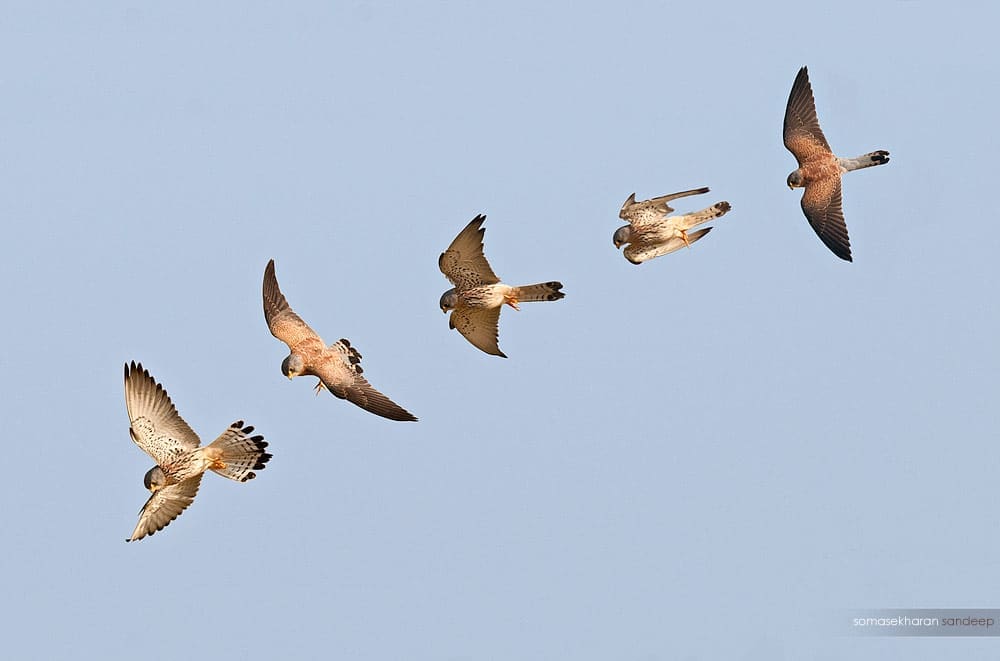
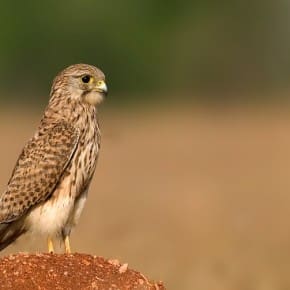
Wow! You were really lucky and good job with the camera. Why not add an image of the Common Kestrel so we non-birders can better understand the differences? 🙂 Thanks!!